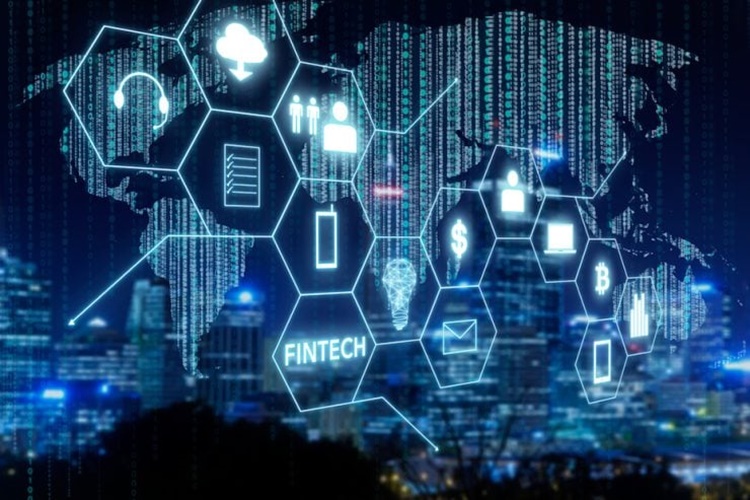Tips on How To Keep Your Money Safe when IT Outage Happens
HOW TO KEEP YOUR MONEY SAFE – Here are some tips on safe-keeping your money amid an IT outage if it happens again.
The recent IT outage caused alarm to countless people as it affected several different industries across the globe. In fact, it has affected most of the industries.
To recall, it was a software update from cybersecurity firm CrowdStrike that affected many computers running on Microsoft Windows. The worldwide IT outage affected airports, electronic banking channels, TV stations, and even doctors’ offices among others.

If not shutdown, there were slowdowns in the operation of companies among the different industries. Many financial services were inaccessible for a while and countless flights were cancelled as well.

The recent global IT outage was not the first time to happen and it can happen again. Based on an article on ABS-CBN News, there are some ways on how to keep your money safe amid an IT outage.
Check the News and Your Bank
It is important to check on the facts relayed by the media sources about the IT outage. Take note of the information and visit a branch of your bank to get a feedback from them about the IT outage. This is the first part to know if your bank is affected as well as the impact in case it is. Listen to the advisories of the authorities like the central bank.
Check your Accounts
Try to access your bank accounts online and check if there are changes in your records, savings, and other personal information. You can check the online mobile app or online site. If your accounts cannot be accessed, you can call your bank’s customer hotline.
Get the Cash you Need
To ease your worries, it is important to have some on-hand cash for your needs. You may personally visit a branch of your bank to get the cash that you need. You may also issue checks as payment as long as you know how much is there in your account.
Check your Accounts again after the Service is restored
Based on the article, it is also important to double check your account once the service is back. Access all your bank accounts and double check the transaction summary for suspicious transactions. Change your passwords right away after checking your accounts.
